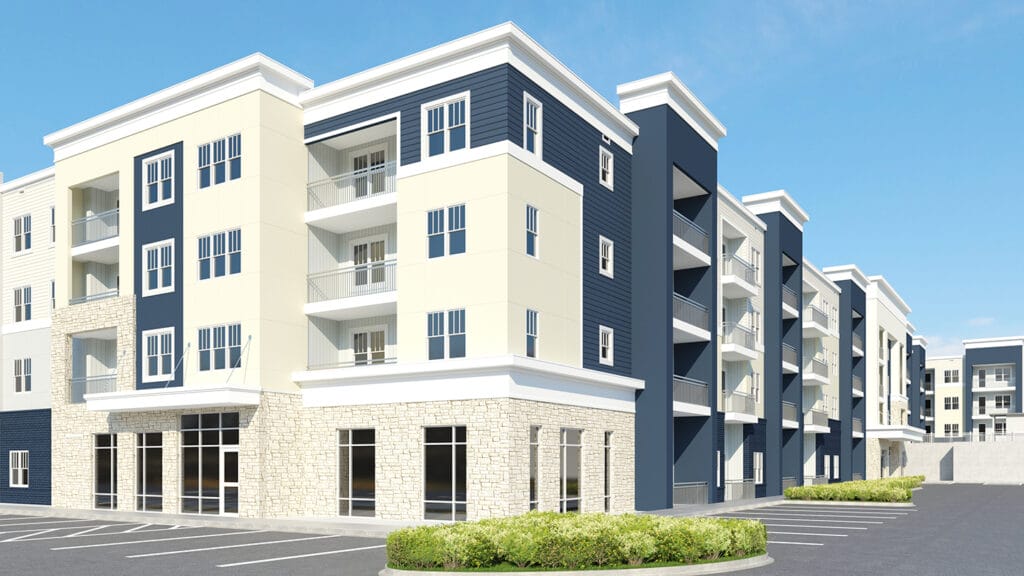
Indianapolis-based Avenue Development aims to provide the full gamut of social and wellness services to active adults, with a rental property slated to open in a St. Louis suburb next October. Monday, the real estate development and advisory company disclosed it has tapped Greystar to manage the Viva Bene active adult residence.
“Viva Bene is our active adult brand. It means ‘live well’ in Italian,” Avenue Development Principal and co-founder Laurie Schultz told the McKnight’s Business Daily. “The whole premise is that we’re combining the social engagement aspects of a traditional active adult community, one that Greystar is typically managing, and we’re augmenting that community with wellness and preventive healthcare services through a primary care partner, Sevi Health. The whole premise is that with an active adult type rental rate, you’re going to be able to get a lot of the same benefits that you would get with a non-active adult type rental.”
This is a first-of-its kind venture for both Avenue Development and Greystar, in that the 161-unit active adult residence will include a health service component with Sevi Health providing concierge-style healthcare services to residents, she said. The active adult community will have a gathering space, co-working niches, outdoor amenities and a wellness hub with fitness and yoga / meditation, as well as an area focused on preventive primary care access.
“The whole premise is that with an active adult type rental rate, that we will be able to hit more of a middle market component by having that affordable active adult rental rate and having that primary care, healthcare services wrapped into that, that the resident gets through Sevi that allows them to age in place and delay a move into a higher-acuity AL setting,” Schultz said.
Viva Bene recently began the pre-marketing process, Schultz said. In the first 60 days of pre-marketing there is an “interest list” of 133 residents, she said. A few of those prospects are in their upper 50s, she said, but most people are in the mid to high 60s.
“So it’s a true active adult demographic. …We’re not hitting an older demographic,” Schultz said. “This can still be done as a traditional active adult demographic and just keep residents healthier longer.”


